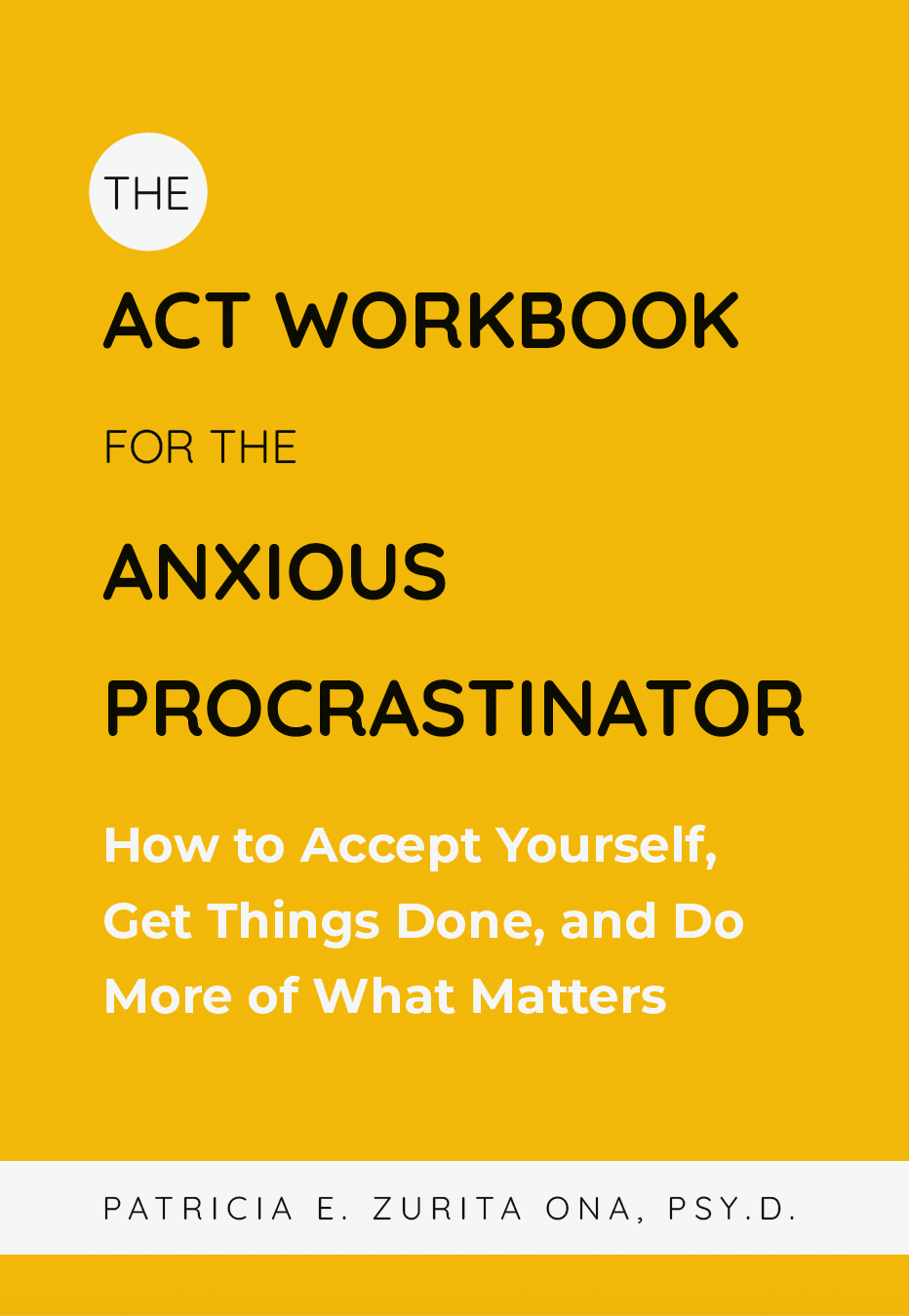The beginning of a new year comes with new resolutions, new goals, and ultimately, the possibility of change.
Over the last couple of years I worked with clients who most of the time were “ready to do something different” about their challenges. There were also times in which clients came to therapy because their significant others had given them an ultimatum. Other times, clients felt motivated to do something different about their struggles but were still ambivalent whether or not they were ready to be in therapy. In all these scenarios an important variable that facilitated the process and therapy outcome was the person’s readiness for change.
 Prochaska and Diclemente (1984), well known psychologists, developed a model of change that was initially conceptualized for people struggling with substance abuse but which applies to individuals struggling with different psychological presentations, such as mood, anxiety, and eating problems, to name a few. This model of change is represented in the form of a “wheel” and highlights the notion that a person doesn’t necessarily move forward from one state into another stage linearly but instead may go back and forth between different stages.
Prochaska and Diclemente (1984), well known psychologists, developed a model of change that was initially conceptualized for people struggling with substance abuse but which applies to individuals struggling with different psychological presentations, such as mood, anxiety, and eating problems, to name a few. This model of change is represented in the form of a “wheel” and highlights the notion that a person doesn’t necessarily move forward from one state into another stage linearly but instead may go back and forth between different stages.
The stages of change are:
– Precontemplation In this phase a person doesn’t consider the possibility of change at all. For instance, if you’re struggling with Post-Traumatic Stress Disorder (PTSD), despite experiencing nightmares, flashbacks and ongoing anger outbursts, you may simply tell yourself, “This is going to go away; it’s not a problem at all, and I don’t need to do anything about it.”
– Contemplation: A person may consider the idea that change is possible but is still ambivalent about it. Following the above example, a person with PTSD may state, “I would like to do something about my nightmares and flashbacks but I am not sure if it’s really necessary to do it at this point…Maybe I just need to wait a couple of months.”
– Preparation: In this stage a person fully acknowledges that PTSD is a problem and takes the necessary steps to address it, such as searching for a therapist, researching different treatments for trauma, or buying appropriate self-help books.
– Action: In the action phase a person with PTSD may initiate treatment for trauma, and although still fearful, will continue to address it to the best of his or her abilities.
– Maintenance: All the gains from the treatment are part of the client’s life on a regular basis. Individuals with PTSD are decreasing their consumption of alcohol or facing particular triggers on an ongoing basis.
Now, after you’re familiarized with the “model of change” see how this concept may apply to you. Read and complete the exercise below:
- Think about a particular behavior you’re interested in changing. Be as specific as possible and do your best to identify the behavior.
- Now, take a couple of moments to answer the “change survey” while still thinking about the specific behavior you’re interested in changing. You will obtain a score that suggests the stage of change you’re in for that particular problem. Here is the link again, just in case: “CHANGE SURVEY”
- If the results of the change survey indicate that you continue to be ambivalent about changing that particular behavior, here are two straightforward questions for you that may help you to make a decision:
– What are the things that you care the most about?
– Does your current behavior fit or not with those things that you truly care about?
After you answer the above questions, think again about that particular behavior you would like to change. Keep in mind that it’s up to you to decide what to do about this problem. No one can decide for you. No one can take action for you.
You can decide to go on … just as you have been, or you can make a change.
________________________________________________________________
Based on: Motivational Interviewing. (2002). Motivational Interviewing: Preparing People For Change. New York: Guilford.






